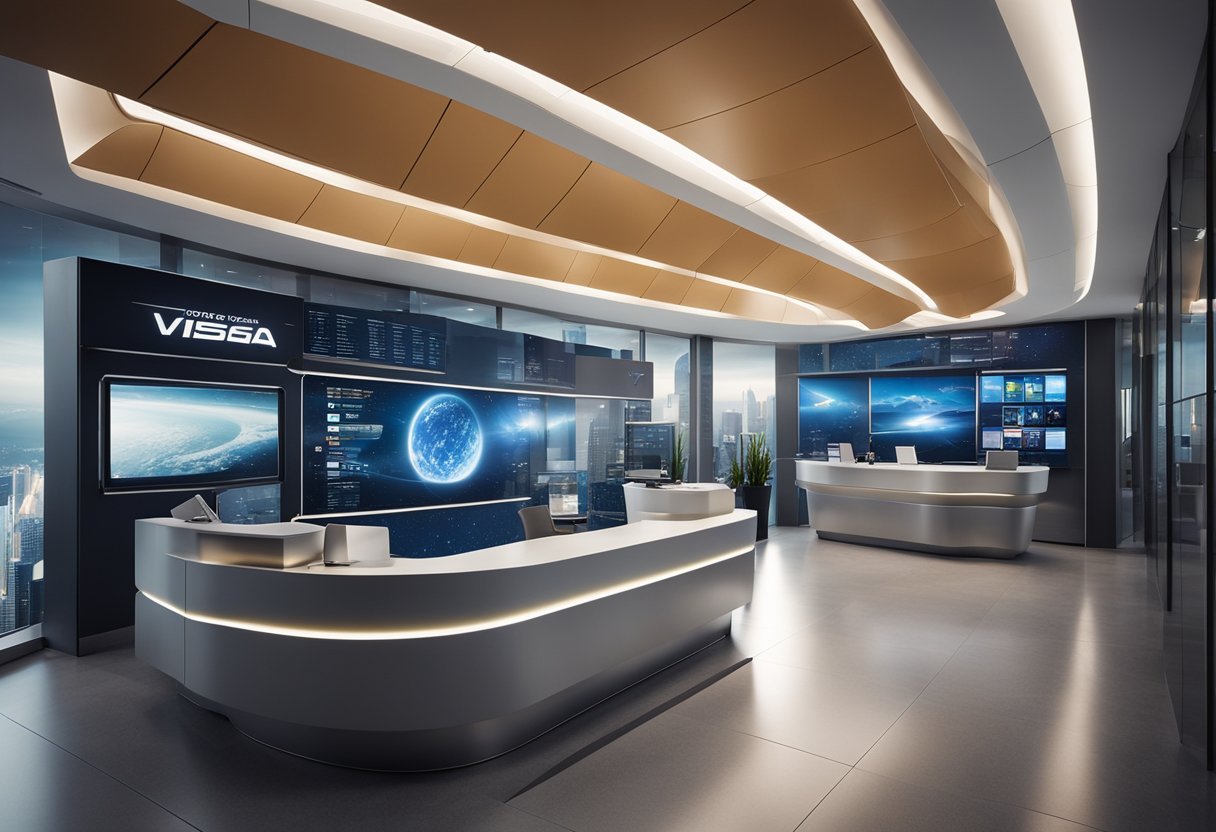
Venturing into the cosmos as a tourist is now within reach for those with the means and the courage to leave Earth’s atmosphere. As commercial spaceflight companies make advancements towards accessible space exploration, potential space tourists must understand the intricate legal and regulatory requirements for such an endeavour. As we enter this new era of travel, navigating the necessary visa and regulatory frameworks becomes essential, with each commercial entity and destination having its own set of rules.
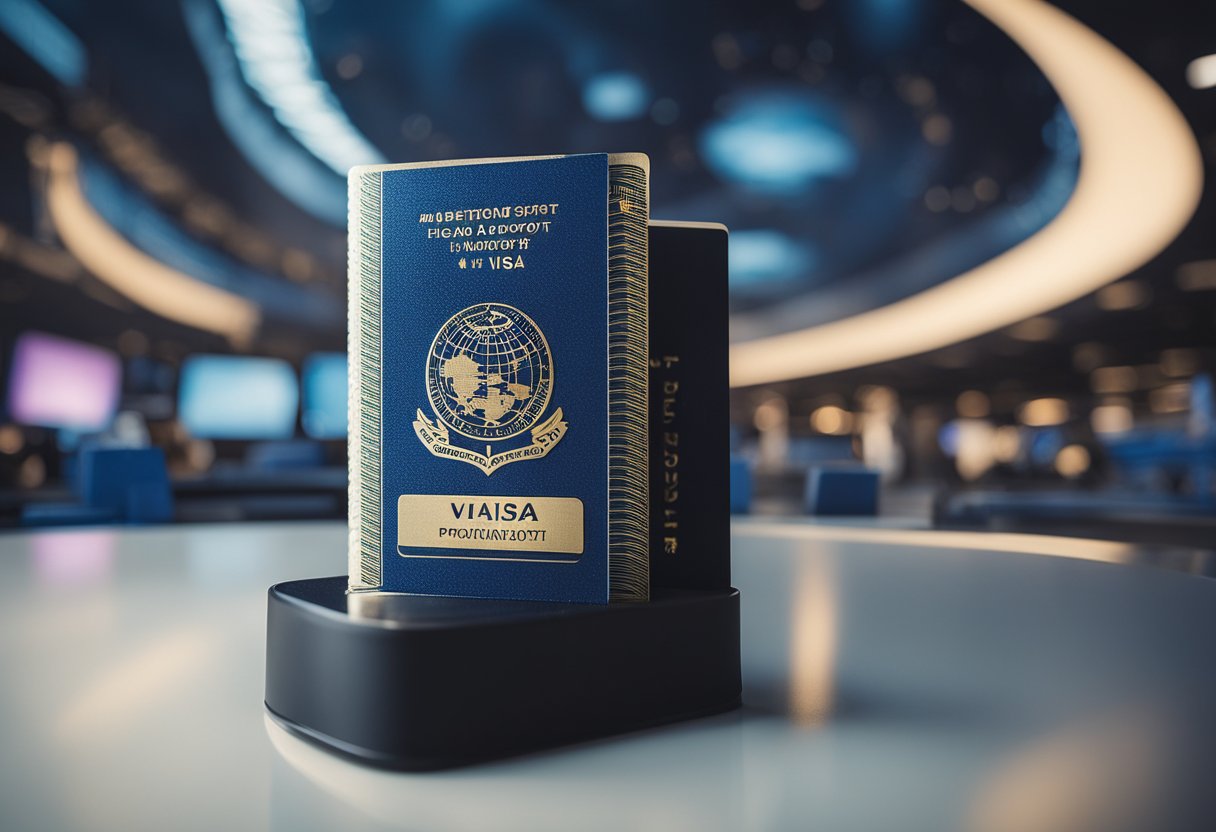
Pre-flight training and preparation are crucial elements of the process, ensuring that tourists are not only legally compliant but also physically and mentally ready for the journey. Moreover, with the significant costs involved, those interested in space tourism should be well-informed about the investment required, not only financially but also time-wise, for the training and actual flight. We recognise that the process of becoming a space tourist is not as simple as booking a conventional holiday; it involves meticulous planning and adherence to strict regulations.
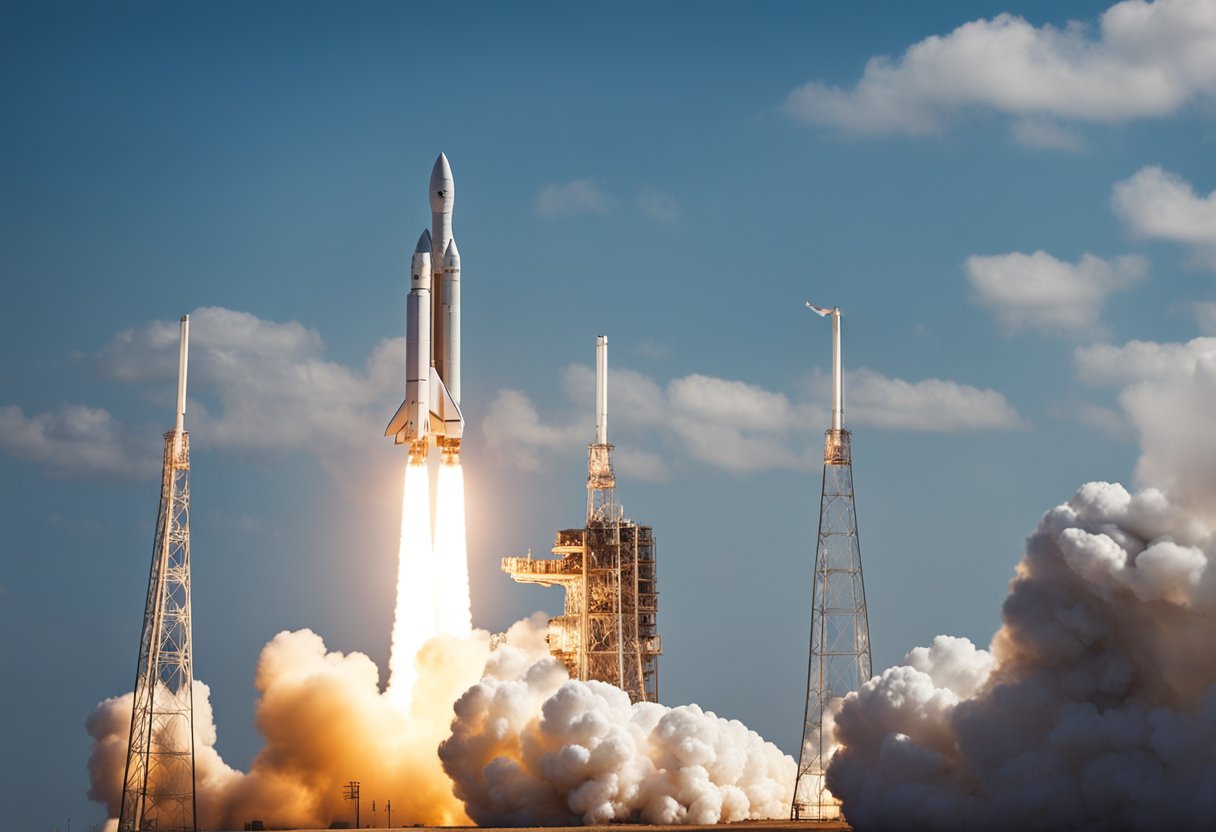
Space tourism, a burgeoning sector of the aerospace industry, offers civilians the opportunity to experience travel beyond Earth’s atmosphere. The concept encompasses suborbital, orbital, and even lunar tourism, although current offerings mostly focus on brief suborbital experiences. This new mode of tourism has emerged from the collaboration between private companies and technological advancements.
Our interest in the vast cosmos has driven us to create unique opportunities for adventure beyond our planet. As part of the space tourism industry, commercial enterprises have begun to offer services that were once exclusive to trained astronauts. These ventures represent the expansion of tourism into a realm that was, until recently, the preserve of government entities.
Key Aspects of Space Tourism:
Tourism has always been about exploring new frontiers, and space tourism pushes this to the ultimate boundary. As an emerging industry, there are numerous legal and safety challenges to navigate. Travellers must also be willing to undertake significant risk, as space remains an inherently hazardous environment.
For more insight into potential future trips, as well as those currently available, SpaceVoyageVentures.com is an early adopter documenting these unprecedented excursions. The possibility of expanding our horizons is closer than ever, and we are on the cusp of turning the dream of space tourism into a reality.
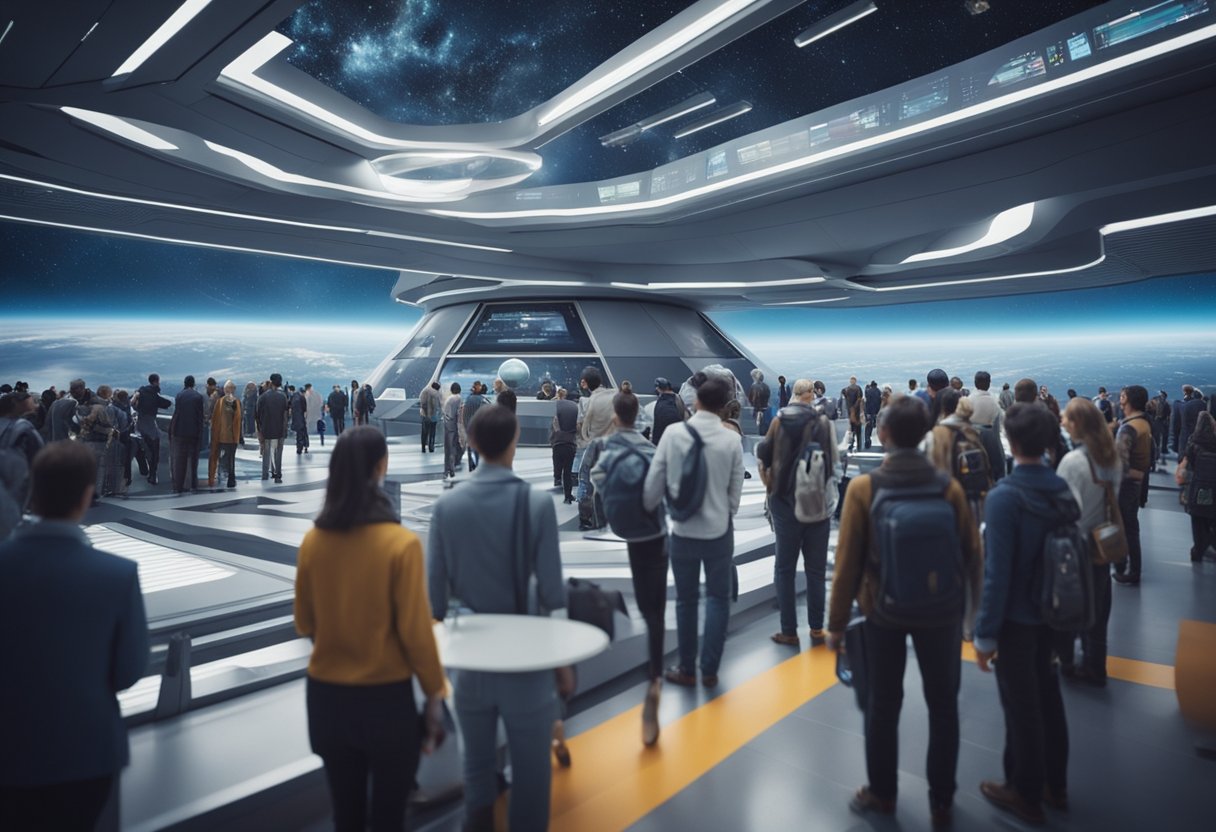
As we examine the burgeoning field of space tourism, we acknowledge the pioneering entities that have established themselves as frontrunners in making extraterrestrial travel accessible to non-astronauts. These key players are shaping the industry with innovative technologies and unique visions for space exploration.
Virgin Galactic, a name synonymous with space tourism, is the brainchild of Sir Richard Branson. Its spaceplane, the VSS Unity, aims to offer suborbital flights to provide passengers with the experience of weightlessness and stunning views of Earth’s curvature. With safety and customer experience at the forefront, Virgin Galactic is working towards regular commercial service.
Elon Musk’s SpaceX has significantly disrupted the space industry with a clear vision: to enable humans to live on other planets. Having already sent astronauts to the International Space Station, SpaceX is expanding its repertoire to include space tourism. It is noteworthy for developing the Falcon rockets and the Dragon spacecraft, both designed with reusability to reduce costs—a key to making spaceflight more accessible.
Founded by Jeff Bezos, Blue Origin is another prominent name in space tourism, with its New Shepard rocket designed specifically for commercial flights. Aimed at providing an authentic astronaut experience, Blue Origin’s reusable rocket and capsule combo have completed several successful test flights, marking significant strides towards their vision of millions of people living and working in space.
As the Russian space agency, Roscosmos, has a long history of space exploration. While the agency has traditionally been focused on state-sponsored space programs, it has shown interest in space tourism. In 2001, Roscosmos facilitated the journey of the first space tourist, Dennis Tito, to the International Space Station. This marked a milestone in space travel, signalling potential for the wider public to explore space.
For those eager to keep an eye on these ventures and learn about upcoming opportunities for space travel, SpaceVoyageVentures.com provides insights and updates on the latest milestones and future prospects in space tourism.
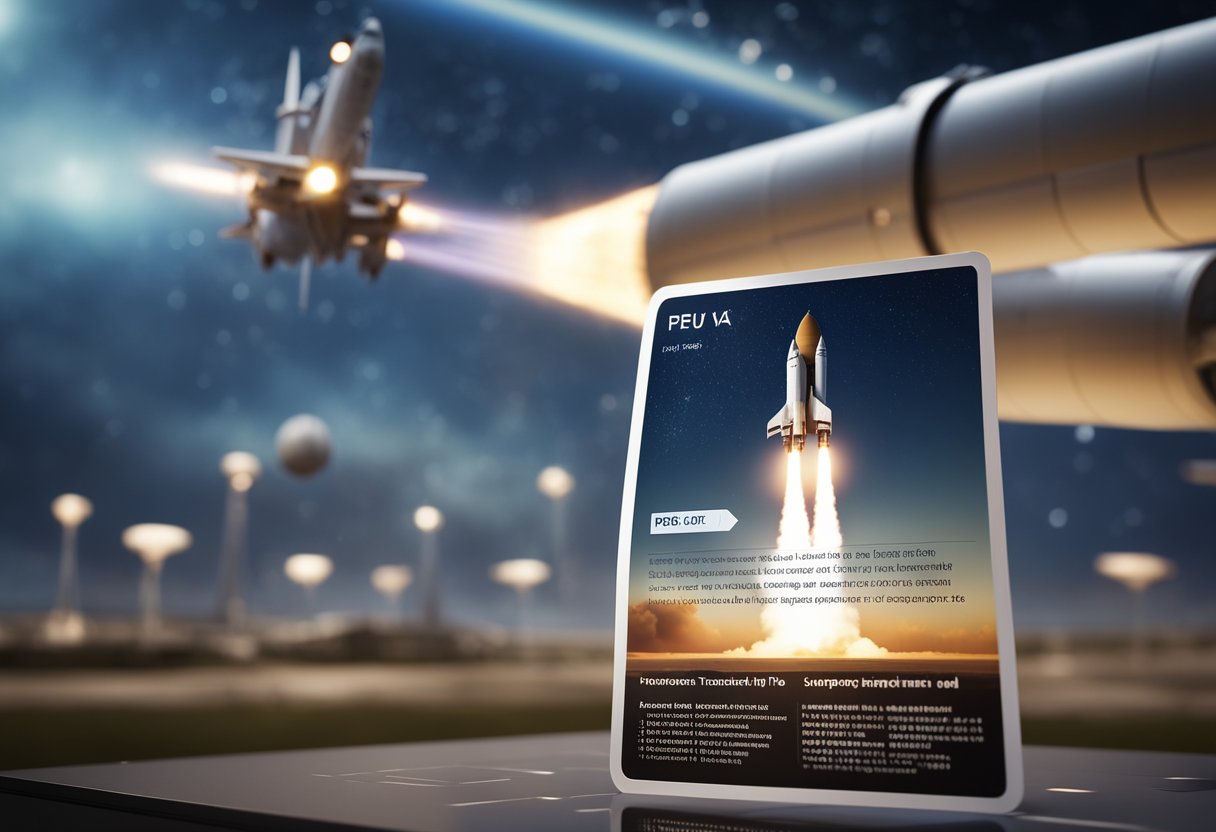
In navigating the emerging field of space tourism, we must consider a myriad of visa and regulatory requirements that ensure safety and legal compliance. These include international guidelines, the Federal Aviation Administration’s (FAA) specifications, and various agreements between countries.
In terms of international regulations, space tourism is an intricate area requiring coordination amongst nations and adherence to existing treaties. International guidance is vital to maintain safety standards and layout ground rules for operations involving the International Space Station and beyond. Our efforts in this domain are aligned with treaties such as the Outer Space Treaty of 1967, which governs the activities of states in the exploration of outer space.
The FAA is responsible for the oversight of commercial spaceflight in the USA, including space tourism ventures. We follow the FAA’s guidelines closely, as they stipulate that operators must secure licenses for spaceships and launch activities. Operators must also ensure that their vehicles align with stringent safety standards to protect passengers during suborbital and orbital flights.
Given the international nature of space tourism, country-specific agreements play a pivotal role. We are actively engaged in fostering agreements that facilitate the requirements for visas and travel to and from spaceports located in different countries. These agreements cover the legal aspects of launching and landing, liabilities, and immigration protocols for space tourists.
By abiding by these regulatory frameworks and agreements, we advance the viability and safety of space tourism. Our commitment at SpaceVoyageVentures.com is to keep our prospective space tourists informed and prepared for an unforgettable journey above Earth.
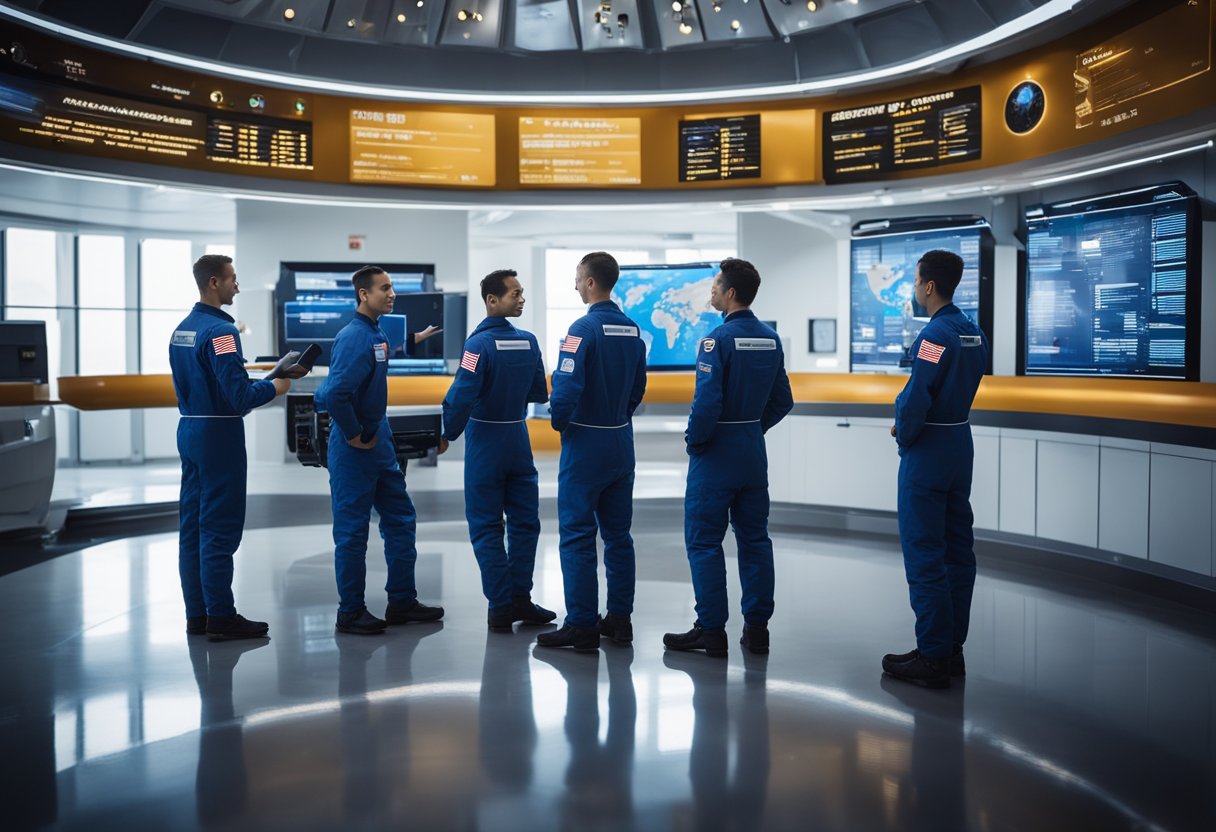
Before we embark on the wondrous journey of space tourism, we must address the vital components of pre-flight training and preparation. These entail a rigorous astronaut training programme and stringent health and safety measures designed to ensure the best experience possible when defying gravity.
For those aiming to venture into space, astronaut training is an extensive process, adopted to acquaint space travellers with the unique conditions they will encounter. Training often covers an understanding of the spacecraft systems and how to manoeuvre in weightlessness. Our participation in exercises designed to simulate g-force and microgravity conditions is crucial, as familiarisation with these forces enables us to fully engage with the space environment. A solid preparation in these areas plays a vital role in our ability to fully appreciate and navigate the complexities of space travel. To learn more about contesting gravity’s pull, visit Harvard Gazette.
Equally important are the health and safety measures that protect us during our journey. We undergo rigorous medical examinations to ensure we’re fit for the voyage, and we’re trained in emergency procedures for scenarios such as fire, cabin depressurisation, or medical emergencies. This training includes rigorous drills and the use of specialised equipment. For inspiration on how to maintain peak physical condition for a spaceflight, Space.com offers intriguing insights into the experiences of early space tourists.
In summary, preparation is as crucial as the journey itself, a statement reflected in the meticulous programs curated by current industry leaders, which we can explore in further detail on pioneering platforms like SpaceVoyageVentures.com.
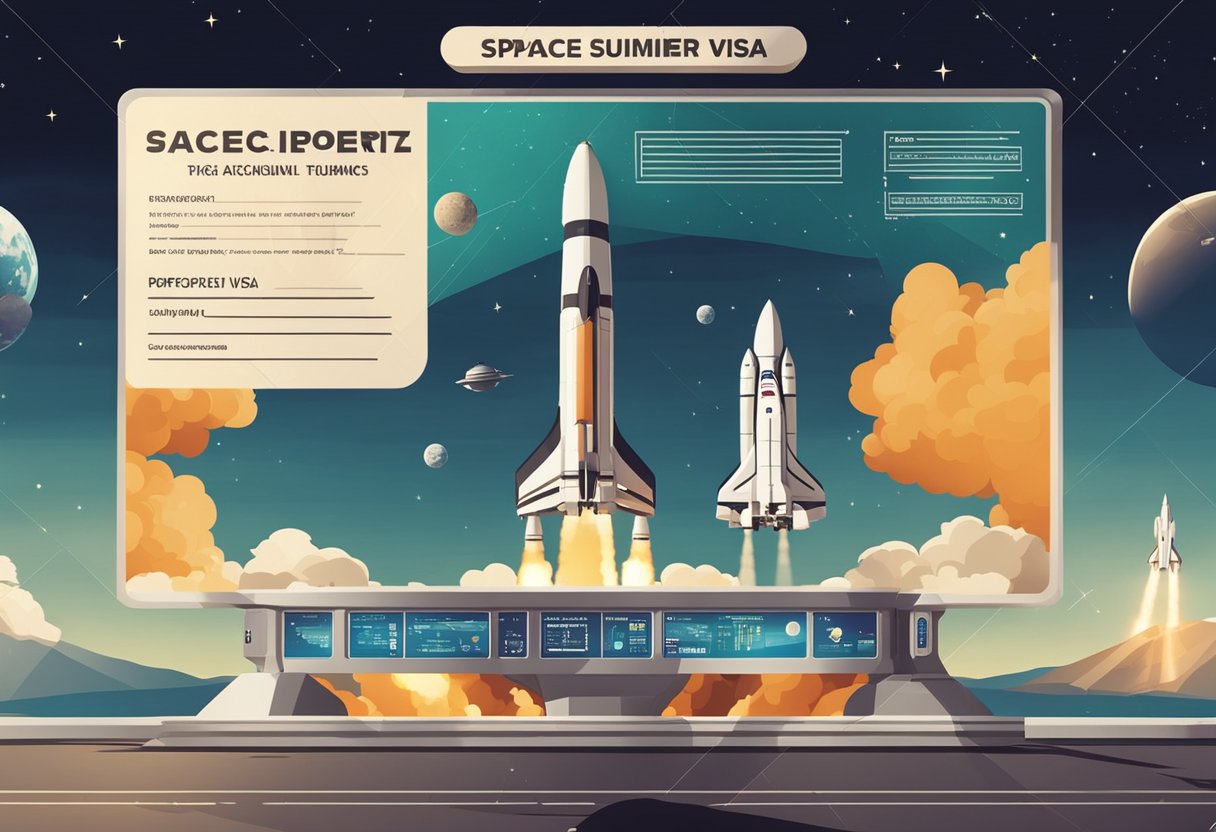
In our exploration of the cosmos, certain spacecraft and launch vehicles stand out as beacons of the burgeoning space tourism industry. We’ll examine some of the most prominent vessels that are either currently facilitating, or are on the cusp of offering, commercial space travel experiences.
SpaceShipTwo, developed by Virgin Galactic, is a suborbital spaceplane designed for space tourism. It operates by being carried to a high altitude by a mothership, known as WhiteKnightTwo, before releasing and igniting its rocket engine to propel passengers to the edge of space. Our guests can anticipate experiencing several minutes of weightlessness and witnessing the Earth’s curvature.
Blue Origin’s New Shepard is a reusable rocket system intended for suborbital spaceflight. Its vertical takeoff and landing technology allow for a smooth ascent and return journey. New Shepard’s capsule provides large windows, ensuring that space tourists will have an unparalleled view of the vast expanse above.
Boeing’s CST-100 Starliner represents a leap forward in our quest for accessible space travel, aiming for orbital flights. Although primarily designed for missions to the International Space Station, the potential for wider space tourism applications looms on the horizon, promising longer durations in space compared to its suborbital counterparts.

When we consider space tourism, the primary factor to consider is the cost. Space travel is an expensive endeavour, with prices varying largely depending on the company and the type of experience offered.
Budgeting for Space Travel:
Anticipating the full cost of a commercial space flight is essential. Budgeting extends beyond the ticket price, often including training and other preparatory activities.
Typical Costs:
Presently, a seat on a suborbital trip can run into hundreds of thousands of pounds. For example, commercial flights offered by companies like Virgin Galactic have ticket prices around $250,000, which equals roughly £200,000.
Auctioning Seats:
Occasionally, seats are auctioned to the highest bidder, potentially increasing the cost. Patron’s interest in unique experiences drives these auctions, and the final amounts can significantly exceed the standard ticket prices.
Here is a simple breakdown of the potential costs:
| Aspect | Estimated Cost Range |
|---|---|
| Ticket Price | £150,000 – £200,000 |
| Training and Preparation | £20,000 – £50,000 |
| Ancillary Costs (e.g., gear) | £5,000 – £10,000 |
| Total Estimated Cost | £175,000 – £260,000 |
We can deduce from resources like Space Tourism: An In-depth Analysis that these figures are a starting point. Costs could escalate with the development of longer, orbital flights and with increases in demand.
Looking forward, websites such as SpaceVoyageVentures.com provide insights into the costs associated with space tourism, including details on current and near-future tourism opportunities.
By staying abreast of market developments and budgeting judiciously, prospective space tourists can prepare for this unparalleled experience.
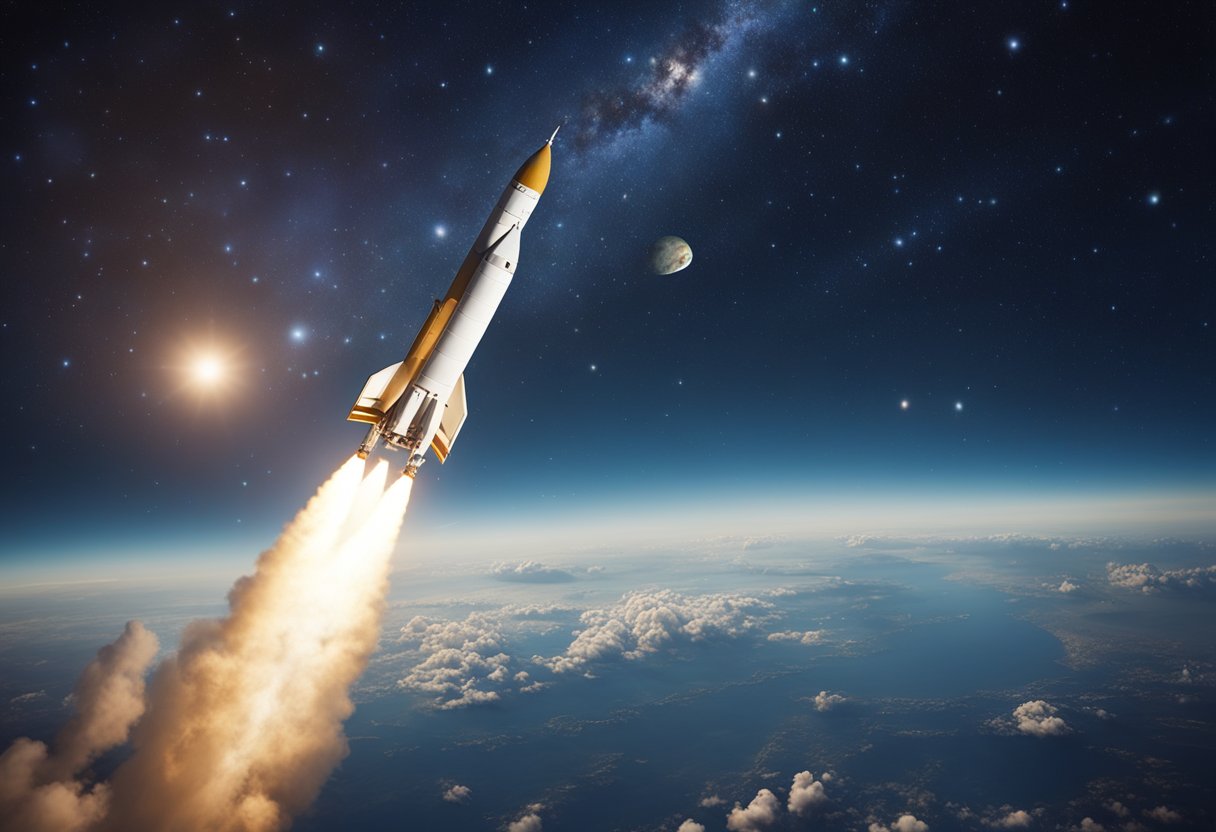
Space travel offers unique experiences that alter our perception of Earth and ourselves. We can categorise these into suborbital and orbital adventures, each offering a distinct journey and set of phenomena.
Suborbital space travel provides a brief taste of weightlessness and an unparalleled view of Earth. Space Adventures like these typically take passengers on a ballistic trajectory, reaching the edge of space before coming back down. During a suborbital trip, travellers experience a few minutes of zero-g flight, where the sensation of weightlessness is similar to what one would feel in true outer space but without completing an orbit around Earth. This short duration mission allows enthusiasts to glimpse the curvature of Earth, enhancing their perspective of our planet’s place in the cosmos.
Orbital expeditions are the next step in space tourism, propelling passengers into sustained orbit around Earth. These adventures are significantly longer than their suborbital counterparts and require more extensive training. When participating in an orbital mission, we live and work aboard a space station, experiencing numerous sunrises and sunsets in a single day. Adjusting to continuous zero-g conditions is a challenge, but it allows for an authentic astronaut experience. From this extraordinary vantage point, the panoramic views redefine our perspective of Earth’s beauty and fragility.
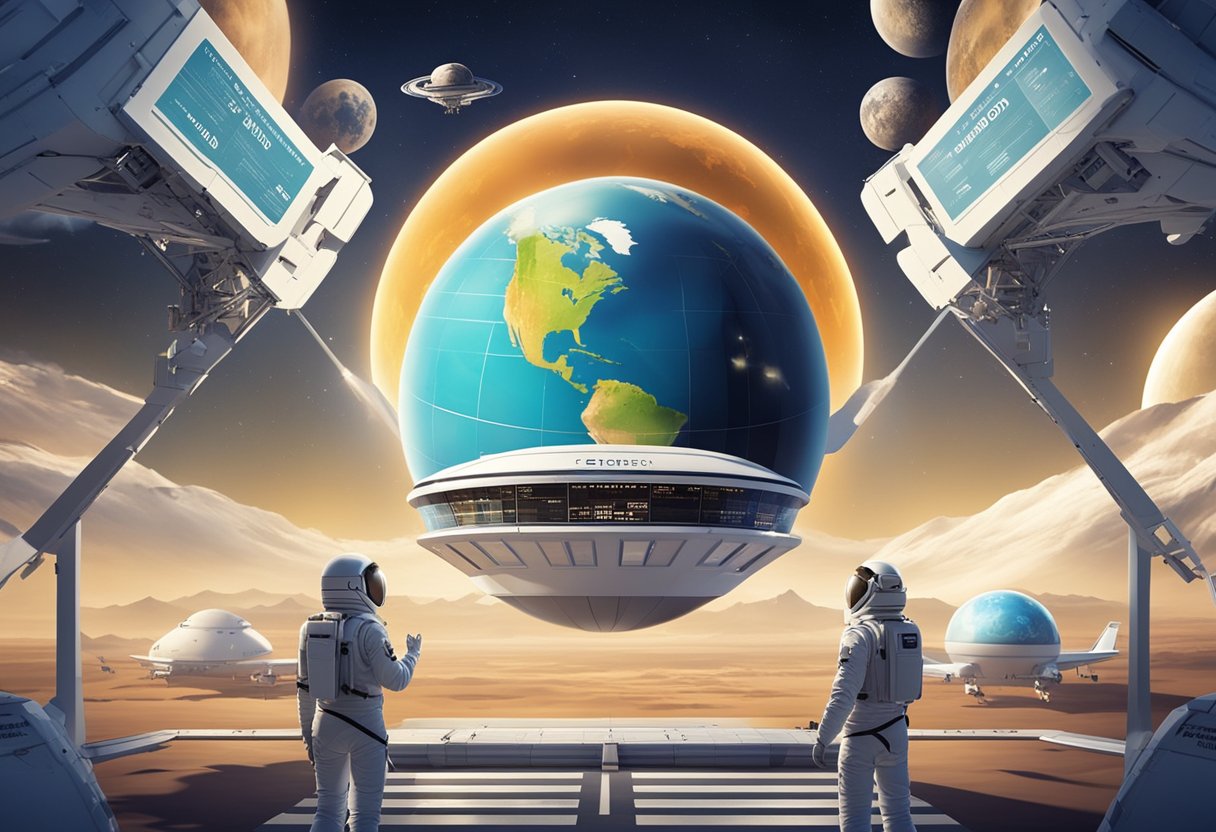
When embarking on the endeavor of space tourism, we must prioritise safety and adequately assess all potential risks. The issues of liability and the mitigation of hazards such as space debris are paramount to safeguarding passengers.
In our risk assessment, we meticulously evaluate the safety standards for vehicles that carry passengers. As we understand from the FAA’s involvement detailed on the Legal Desire blog, these vehicles must adhere to rigorous safety criteria. Our assessment extends to understanding the risks of space debris, a very real concern for space travel that could pose a collision hazard. By including regular monitoring of orbital paths and having robust shielding techniques, we aim to minimise these risks.
When it comes to liability, all passengers must be informed of the inherent risks of space travel. Space tourism differs from terrestrial travel and thus requires distinct legal considerations. Our responsibility extends to ensuring passengers have a clear understanding of the potential dangers, as SpaceVoyageVentures.com outlines, including the various safety measures in place to address those concerns and the protocols for emergency situations. Liability waivers are a standard practice, making passengers aware of their agreement to the terms commensurate with the risks involved.

As we explore the burgeoning field of space tourism, it’s essential to address the environmental considerations that must be taken into account. These relate directly to sustainability, the environmental impact of launches, and the traffic management of spacecraft.
Sustainability: The technology undergirding space tourism should aim for the least possible environmental footprint. We are charting a sustainable course by investing in reusable rocket technologies and eco-friendly propellants, striving to diminish the deleterious effects on the Earth’s atmosphere.
Environmental Impact: Space launches can produce significant amounts of greenhouse gases and black carbon which contribute to atmospheric change. Our commitment is to conduct thorough impact assessments and limit the number of launches to reduce the overall emissions. Furthermore, as showcased on SpaceVoyageVentures.com, we are dedicated to preventing the generation of space debris, another pressing environmental concern.
Traffic Management: As the skies become busier with more frequent launches, effective space traffic management is crucial. We are collaborating with international agencies to create a framework that controls orbital overcrowding and ensures the long-term sustainability of space tourism.
By integrating these environmental considerations into our operational philosophy, we ensure that our ventures into the final frontier are responsible and cognisant of the delicate balance we must maintain with our home planet.

In the evolving landscape of space travel, we are witnessing a bold transition from government-led expeditions to a market where private companies are paving the way for commercial space experiences.
Axiom Space, a leader in space exploration ventures, is making considerable strides towards establishing the first commercial space station. With their expertise, we envisage modules attached to the International Space Station that will act as space hotels, offering a unique experience beyond Earth’s atmosphere. Information on these developments is available on websites like SpaceVoyageVentures.com, where enthusiasts and future tourists can stay updated on upcoming space hotel offerings.
Looking ahead, the trajectory of space tourism includes not only short-term stays in orbit but potentially more extended visits. Plans for lunar bases and Mars exploration suggest a future where space tourism could include longer, more immersive trips. Private companies are at the forefront of these advancements, engineering technologies that reduce costs and increase safety, making travel beyond Earth more accessible.

As we explore the burgeoning field of space tourism, the importance of well-developed infrastructure and dedicated launch sites cannot be overstated. These facilities are not only the gateway to the stars for aspiring space tourists but also the backbone of the commercial space industry.
Spaceport America, situated in New Mexico, has positioned itself as a pioneering hub for private space travel. Its strategic location offers clear airspace and low population density, maximising safety and minimising the risk of disruptions. Notably, it serves as the home base for Virgin Galactic, where the VSS Unity spaceplane embarks on suborbital flights. Visitors looking towards a celestial adventure can find more details at SpaceVoyageVentures.com.
The Mojave Air and Space Port in California is renowned for its rich history of aerospace testing and commercial spaceflight activities. We recognise it as the launch point for the first private, manned spacecraft to reach space: SpaceShipOne. This spaceport boasts a wide array of facilities and services tailored to the needs of space tourism enterprises, with space for manufacturing, testing, and flights.
In both these sites, space tourism visa requirements are still being shaped by regulatory authorities. At SpaceVoyageVentures.com, potential space tourists can stay informed on the latest developments pertaining to these unique travel requirements.
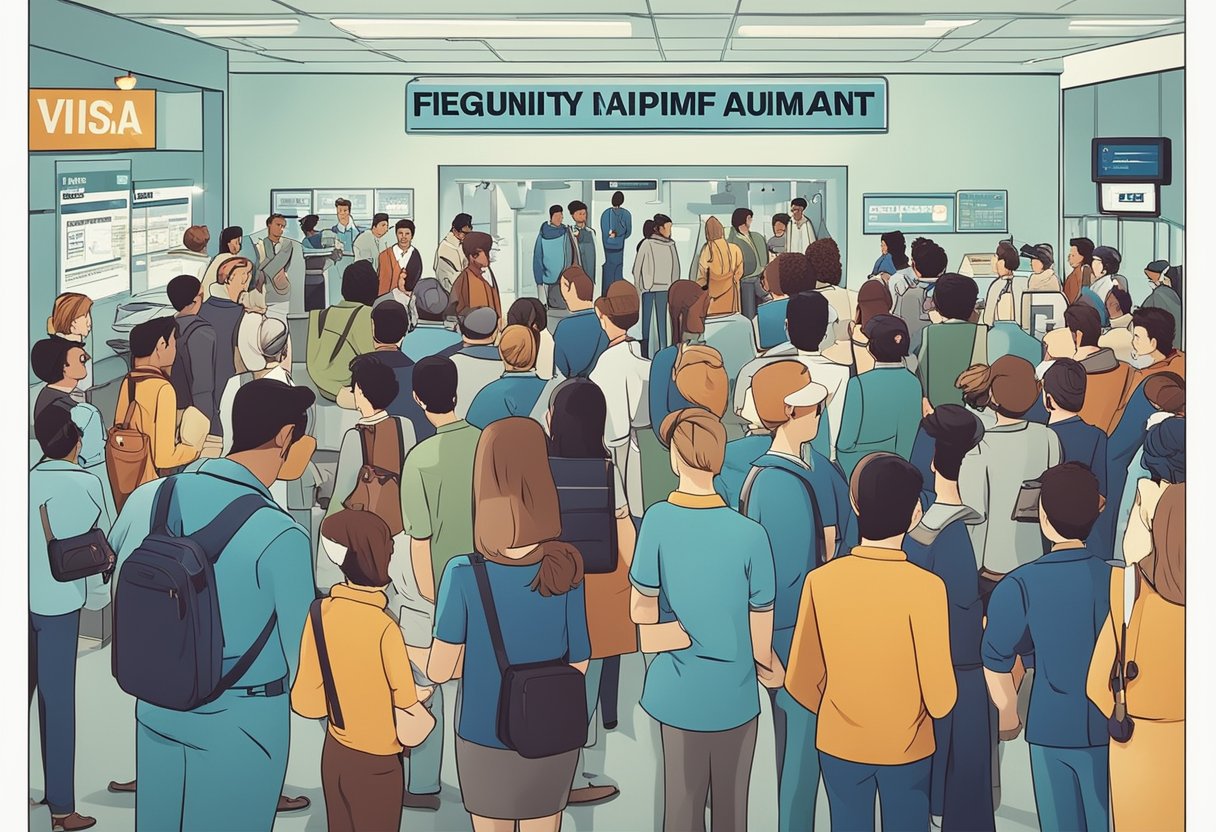
Before embarking on your journey to the United States for space tourism, it’s crucial to understand the visa requirements and regulations. We’ve compiled the most common queries to guide you through the process.
To secure a tourist visa to the USA, one must present evidence of sufficient funds to cover their stay. This includes bank statements or a letter from a financial sponsor.
A visitor visa to the United States typically does not permit employment, long-term study, or permanent residence. Tourists must also refrain from partaking in activities that would violate their visa’s terms.
The B1/B2 visa usually allows for a maximum stay of six months in the United States. Extensions can be requested but are subject to approval.
Necessary documents for a B2 visa include a valid passport, confirmation of your DS-160 form, a photo, interview appointment letter, and previous U.S. visas if applicable. Financial evidence and travel itinerary may also be requested.
The B1 visa is intended for business purposes whereas the B2 visa caters to tourism and leisure activities, including space tourism ventures.
Principal requirements for a tourist visa include a valid passport, no history of visa violations, and the intent to return to your home country post-visit. You must also prove you have the means to finance your trip.